Exploring the Versatility of Cable Lugs
Cable lugs play a crucial role in electrical connectivity, serving as a connective point for cables and electrical devices. These components are essential for creating secure and reliable connections in various wiring systems.
Materials and Construction
Constructed from conductive materials like copper, cable lugs ensure minimal resistance and a stable connection. The purity of the copper used in these lugs is a critical factor in their performance, providing a balance between flexibility and strength. The design of a cable lug often includes features such as flared openings to facilitate easy wire insertion, which is particularly beneficial in heavy-duty applications.
Types and Applications
There are several types of cable lugs available, each suited to specific applications. From spade connectors to ring terminals, the variety accommodates different wiring needs. These lugs are commonly used in professional equipment such as batteries, distribution boxes, and cables, showcasing their adaptability across various industries.
Installation and Use
The installation process of a cable lug is designed for efficiency. With the use of a heat gun, the adhesive-coated heat shrink connectors swiftly conform to the wire's insulation, creating a durable environmental seal. This process negates the need for soldering or crimping in confined spaces, making the installation straightforward and less time-consuming.
Features and Advantages
A key feature of the cable lug is its resistance to environmental factors such as rust and oxidation. The durability of these connectors makes them suitable for applications where they may be exposed to the elements or subject to wear and tear. Additionally, the presence of specification marks on each lug aids in quick identification, streamlining the connection process.
Selection and Compatibility
When selecting a cable lug, compatibility with the wire gauge and the application is paramount. The universal sizing of many lugs adds to their versatility, ensuring they can meet a wide range of wiring requirements. Whether the need is for simple wire splices or for use in environments with heavy vibration, there is a lug type available to meet the challenge.



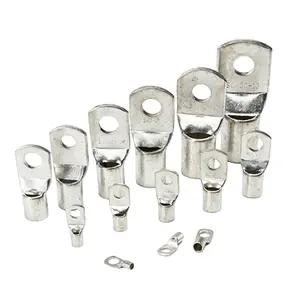

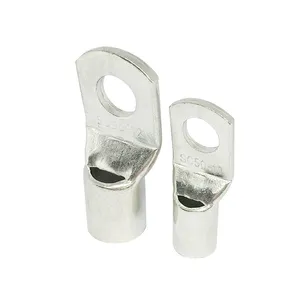








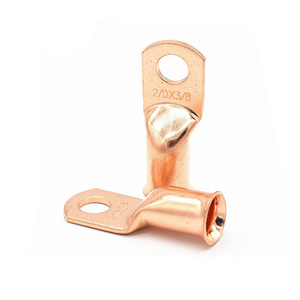

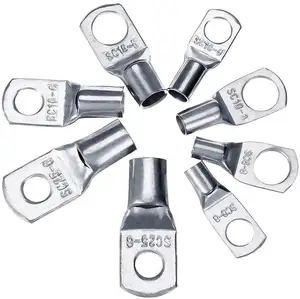


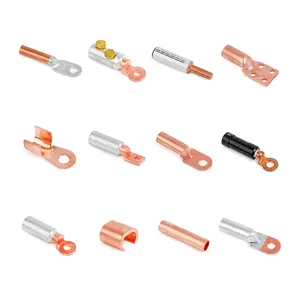

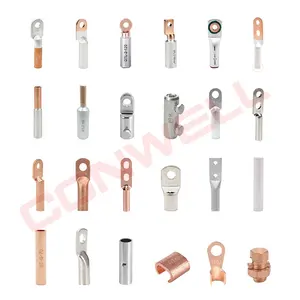
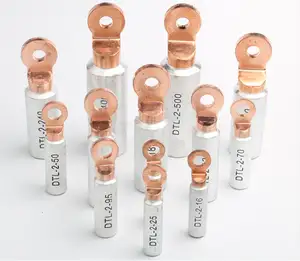



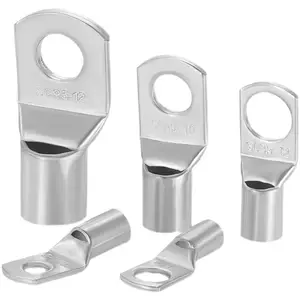



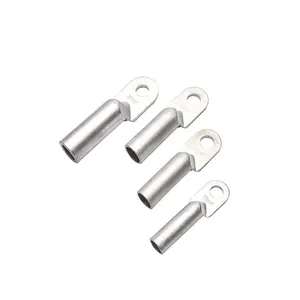

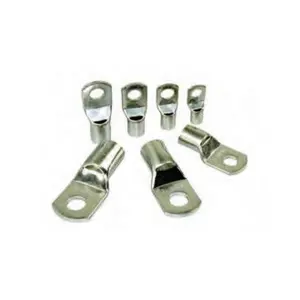

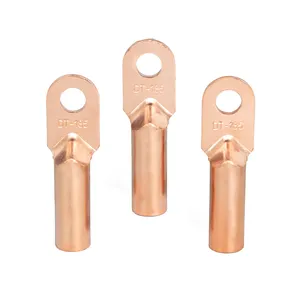


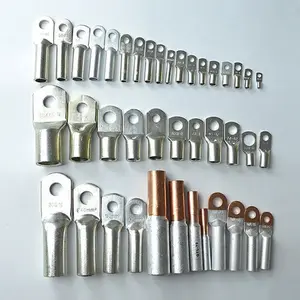



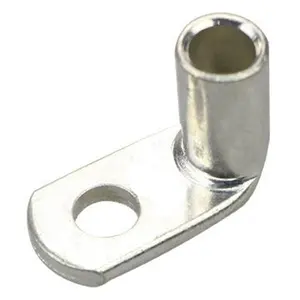





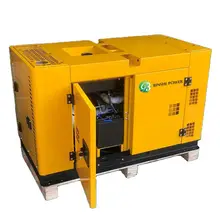


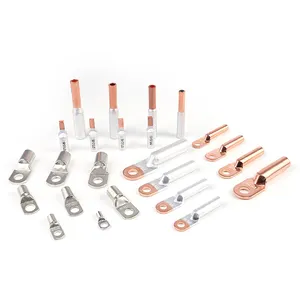





















 浙公网安备 33010002000092号
浙公网安备 33010002000092号 浙B2-20120091-4
浙B2-20120091-4